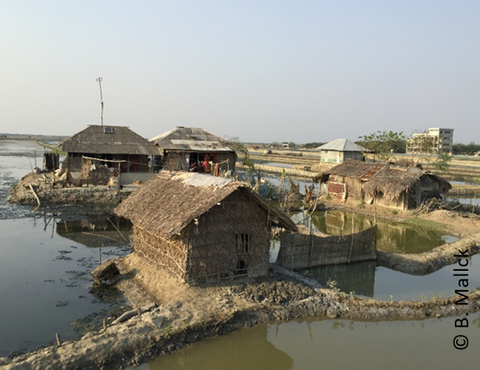Jun 24, 2019
Conference ‘Environmental Non-Migration: Framework, Methods and Cases’ on 19-21 June 2019
Migration is old as humanity itself but the knowledge on migration is still rapidly evolving. Migration decisions seem to be the outcome of cumulative factors that produce migratory or non-migratory aspirations and depend on the individual, social, and cultural capacities to cope with and adapt to shocks and stressful situations. Those threats may particularly result from environmental degradation, natural disasters, and climate change impacts. Based on the current migration literature, factors and capacities with a key role for environmental non-migration are not well understood as not everybody exposed to the same risk is migrating. While factors of environmental migration (push-pull), types of migration (seasonal or permanent, voluntary or forced) and societal consequences of migration are broadly accepted, specific reasons why people stay put are unknown. It is not straightforward to claim how far the factors of environmental migration are also relevant for environmental non-migration. Advancements in this field are expected not only to broaden the respective knowledge but also to uncover factors and capacities of environmental resilience in a broader sense that could inform risk management and adaptation planning.

